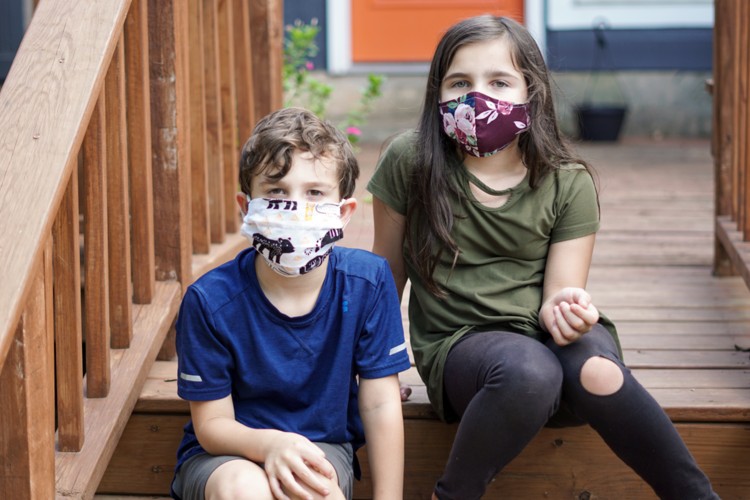5 Things Your Kids Need to Know About Building a Support Network
RAFT Team, May 17, 2021
After a year at home, you’ve learned a lot about navigating work, school, relationships, and the need for self-care. You’ve become a family to those you live with, whether by blood or by choice. You’ve seen the best of each other and you’ve seen the not so good. And you’ve probably become a big part of each other’s support network through it all. And have built some resilience along the way. And learned to overcome despair in the dark season. But now that the world is opening back up, you’ll need to learn to navigate the re-entry into a larger community again. And you'll want to support your kids in doing the same.
Acknowledge that being with others might feel scary
Many adults are struggling with re-entry anxiety. You’ve gotten so used to your warm cocoon of home that the thought of being with people in so many large places can be unsettling. You have these feelings despite having a long history of this “normal” world.
Children don’t have as much life experience as you do. For months they’ve been taught to distance themselves from others, protect themselves, wear a mask, and sanitize their hands. Suddenly after a whole year, they’re outside the shelter of home and the people they’ve existed with. Venturing out can be scary for many of them. They need help building a new support network as they navigate this new experience.

Ask your child how he or she is doing. Be willing to share your own feelings about moving back into “life as we knew it.” Talk about what scares you. But also talk about the good things you’re looking forward to about being with people again.
Identify safe people as you're building a support network
We all need a variety of people in our lives to support us in different areas. The same is true for children. Help your child identify a few people that are safe to talk to and would be good to get to know better. These are likely people they already go to for support, whether it’s a teacher, grandparent, neighbor, or peer. After they’ve chosen these people, help them identify the ways these people help right now as well as any other areas in which they might be supportive. Recognizing needs is part of building a support network.

Balance sharing with listening
All humans have a need to be seen and heard. Healthy relationships include a mix of sharing what you think and feel, but also asking questions and listening to others. The more you learn about what makes others happy and what is difficult for them, the easier it is to know how to support them in a way that is most impactful. Talk with your child about all the different things that make people feel safe and loved. Some people love hugs and laughter but others prefer a comfy blanket and a quiet space. Everyone is unique and it’s important to honor these differences.
Encourage problem-solving
Children look to adults to help them with difficulties, answer questions, soothe troubles, and assure them when they’re uncertain. While adults are definitely meant to provide all these things for children, you can also help kids gain confidence by teaching them to solve some things on their own. Once they learn this skill, they’ll use it the rest of their lives. Here are a few steps in the process:
- Identify the real problem. You can’t solve a problem until you can clearly identify it. Help your child clearly state the problem they’re facing.
- Come up with a few possible solutions. Help your child brainstorm ways to solve the problem. They might be silly, they might be sound. Just encourage some creative thinking. This is a great activity for them to do with someone in their support network! (In other words, it doesn’t always have to be you.)
- Consider the potential outcomes. What might happen when they try each of their potential solutions? Are there good things? Are there bad things? Talk through these and consider all the angles.
- Pick a solution. After considering, let your child pick a solution to pursue.
- Try it! Encourage your child to test one of the ideas they came up with. Let them know that if it doesn’t work, they can try another solution.

A great way to help a child incorporate their support network into this problem-solving process is to involve someone after step 3. For example, if the problem is eating alone during school lunch, encourage your child to follow this process then go to a teacher or trusted person at school to talk about the solution they’ve decided to try. Your child is learning to solve problems, but has a way to get further guidance, encouragement, and gentle course correction if needed.
Voice appreciation
Everyone appreciates a heartfelt thank you. When someone has encouraged you or taken the time to listen, let them know you appreciate it! Model this for your child and encourage them to be generous in voicing appreciation to those in their support network. The more they recognize what is helpful, the more they’ll be able to reciprocate this behavior.







